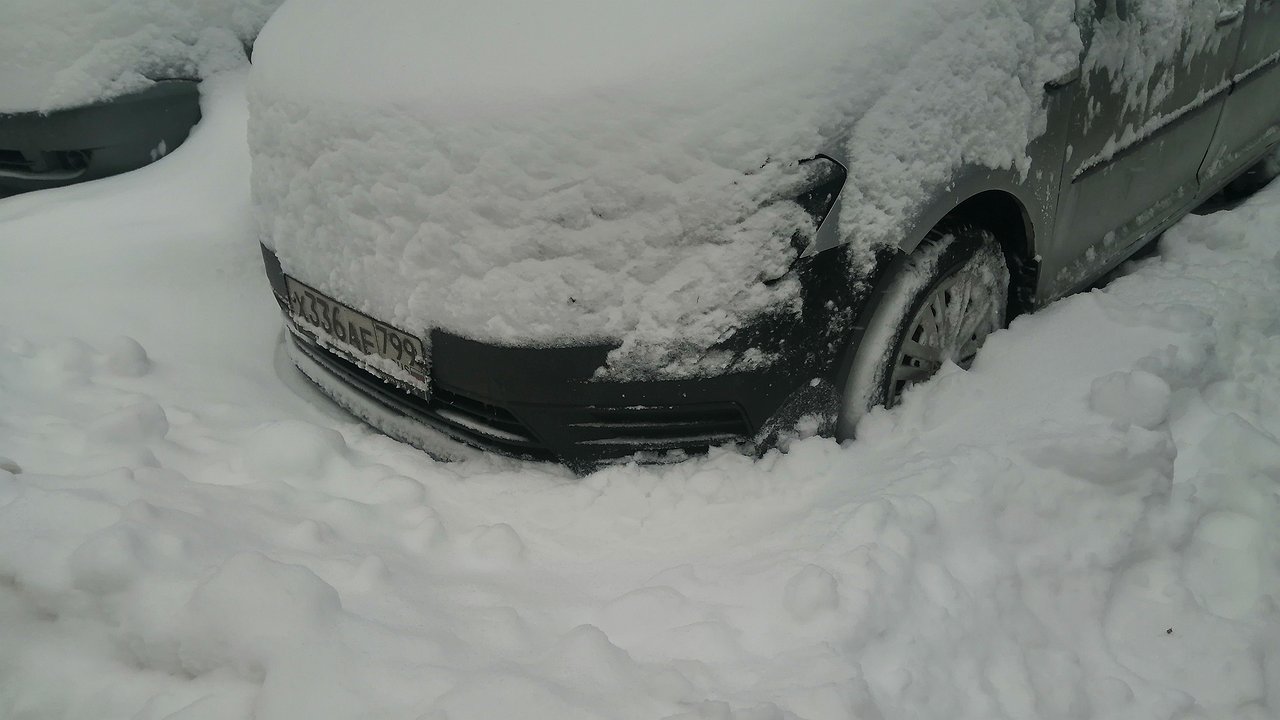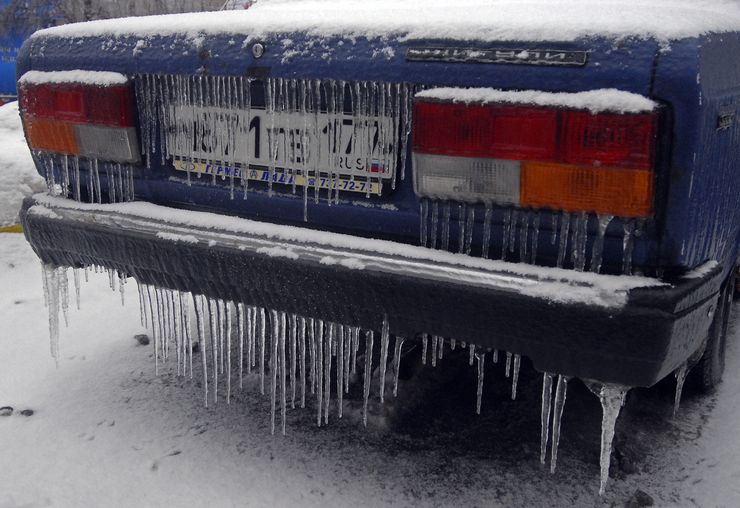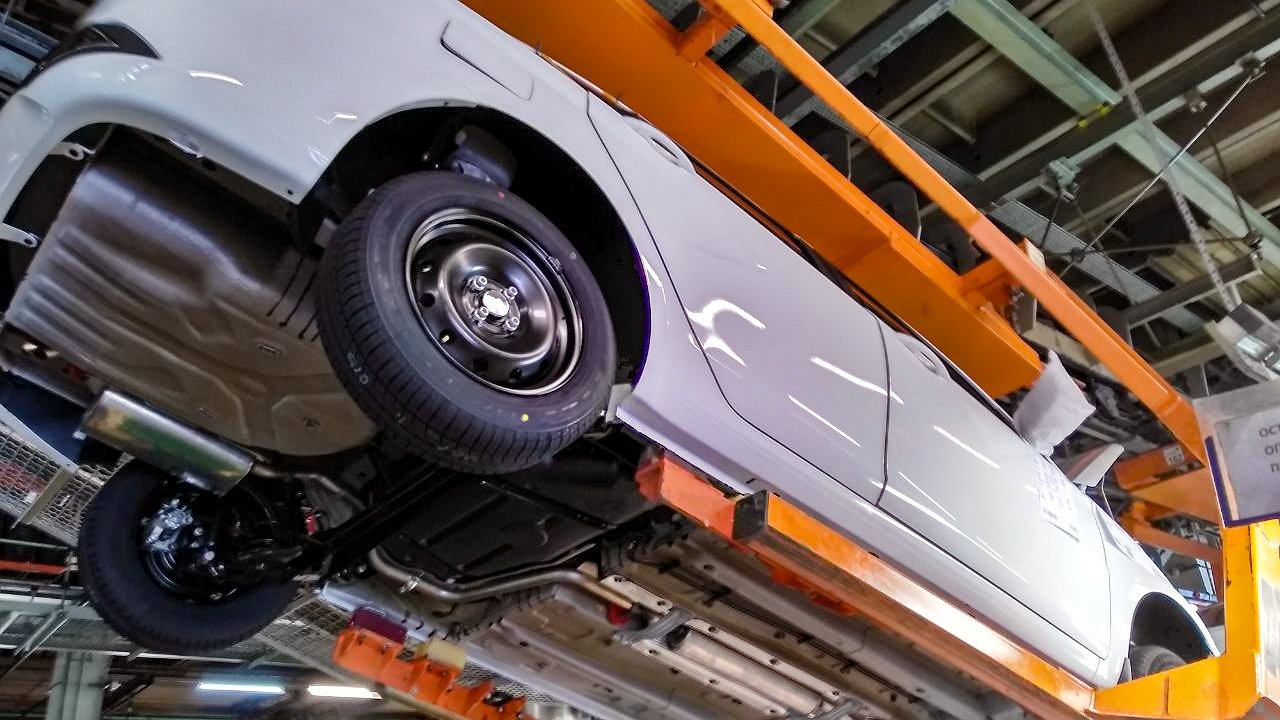During the cold season, any vehicle is affected by a fairly extensive list of specific negative factors. The car owner must accept some of them, but some can be successfully resisted. One of these problems is snow that accumulates in the wheel arches when the car is moving.
The mechanism for the formation of “deposits” of snow and ice in the wheel arches is simple: the tire tread captures particles of frozen water from the road and throws them into the wheel arches. Large “growths” sometimes form there, taking up almost all the free space between the bodywork and the tire rubber. Most car owners do not pay much attention to this loose nonsense, because during driving periodically snow falls from the arches – due to collisions when driving over bumps or simply under its own weight.
But if you leave this mass undisturbed for at least one night, they will successfully freeze and turn into a piece of ice. Which can already be dangerous. For example for chassis elements. In particular, a fairly large chunk of ice in the arc can damage the CV joint boots or ball joints when the driver is actively turning the steering wheel.
Also potentially dangerous is the moment when a frozen monolith is destroyed while driving, when the fragments fly away from the steering wheel at high speed in different directions. They can get into and disable the aforementioned “rubber bands”, ABS wiring and brake hoses, and this block of ice can get between the wheel and the wheel arch and become firmly lodged there.
In this situation, dents and scratches on the metal are not far off. Well, the tire rubs against the ice while driving – be healthy. This is accelerated and uneven wear of rubber.
You can fight ‘snow gold’ in several ways. Some people prefer to loosen the arches and fenders from the stuck snow-salt paste each time before parking the vehicle for a long period of time. Either with some kind of stick, or with carefully measured, neat steps on the plastic parts it is usually mounted on.
Another option: on the way to the parking lot, stop at a self-service car wash and clean problem areas with a water jet for 50 rubles. The most important thing is to brake quite intensively several times to dry the brake pads. Otherwise, they will freeze together with the disk at night, and in the morning you will not go anywhere at all.
Or you can do it technically: basically deprive the snow of the chance to stick to the arch. To do this, we wash the surface and treat it with the cheapest silicone spray. No snow or water can remain on the silicone oil (polydimethylsiloxane) it contains. Thanks to this effect it is possible to forget about ice accumulations in the arches. The most important thing is to repeat the silicone treatment from time to time.
The mechanism for the formation of “deposits” of snow and ice in the wheel arches is simple: the tire tread captures particles of frozen water from the road and throws them into the wheel arches. Large “growths” sometimes form there, taking up almost all the free space between the bodywork and the tire rubber. Most car owners do not pay much attention to this loose nonsense, because during driving periodically snow falls from the arches – due to collisions when driving over bumps or simply under its own weight.
But if you leave this mass undisturbed for at least one night, they will successfully freeze and turn into a piece of ice. Which can already be dangerous. For example for chassis elements. In particular, a fairly large chunk of ice in the arc can damage the CV joint boots or ball joints when the driver is actively turning the steering wheel.
Also potentially dangerous is the moment when a frozen monolith is destroyed while driving, when the fragments fly away from the steering wheel at high speed in different directions. They can get into and disable the aforementioned “rubber bands”, ABS wiring and brake hoses, and this block of ice can get between the wheel and the wheel arch and become firmly lodged there.
In this situation, dents and scratches on the metal are not far off. Well, the tire rubs against the ice while driving – be healthy. This is accelerated and uneven wear of rubber.
You can fight ‘snow gold’ in several ways. Some people prefer to loosen the arches and fenders from the stuck snow-salt paste each time before parking the vehicle for a long period of time. Either with some kind of stick, or with carefully measured, neat steps on the plastic parts it is usually mounted on.
Another option: on the way to the parking lot, stop at a self-service car wash and clean problem areas with a water jet for 50 rubles. The most important thing is to brake quite intensively several times to dry the brake pads. Otherwise, they will freeze together with the disk at night, and in the morning you will not go anywhere at all.
Or you can do it technically: basically deprive the snow of the chance to stick to the arch. To do this, we wash the surface and treat it with the cheapest silicone spray. No snow or water can remain on the silicone oil (polydimethylsiloxane) it contains. Thanks to this effect it is possible to forget about ice accumulations in the arches. The most important thing is to repeat the silicone treatment from time to time.
Source: Avto Vzglyad
Donald Salinas is an experienced automobile journalist and writer for Div Bracket. He brings his readers the latest news and developments from the world of automobiles, offering a unique and knowledgeable perspective on the latest trends and innovations in the automotive industry.














